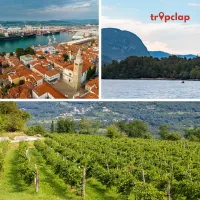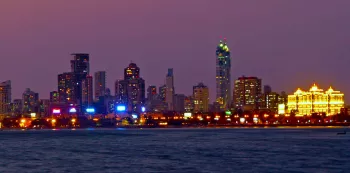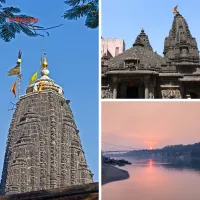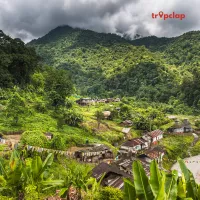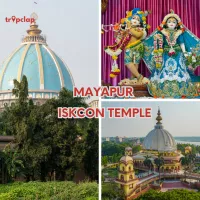Top 10 Things to do in Ahmedabad
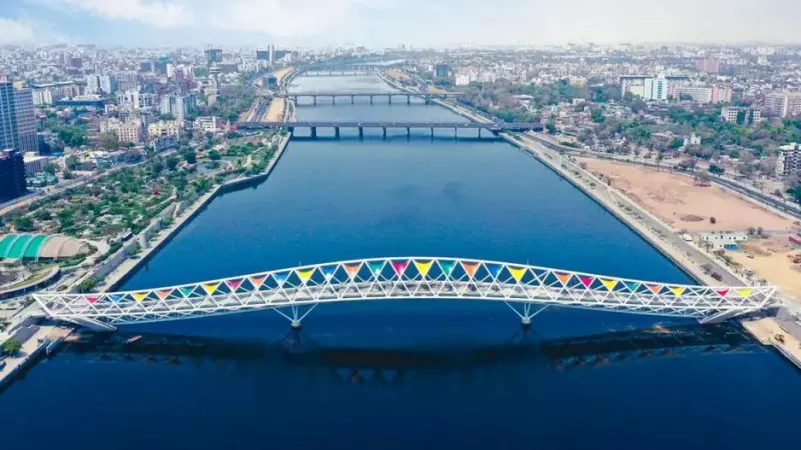
Ahmedabad, rightly known as the Manchester of India, is the largest city in Gujarat, India. It serves as the administrative centre for the Ahmedabad district, one of India's most populous cities. Situated on the banks of the Sabarmati River, approximately 120 kilometres (75 miles) north of the state capital Gandhinagar, it has emerged as an important economic and industrial centre in India. The city is home to the world's largest textile mill, the largest diamond cutting and polishing industry, and the world's second largest small car manufacturing center.
Not only that, this city has been chosen as one of the hundred Indian cities to be developed as a smart city as part of the Indian government's Smart Cities Mission. Apart from its economic flourishment, the city holds an interesting area which serves as a threshold of knowledge and understanding of its cultural heritage. Apart from its yummilicious cuisine, the city has much more to explore.
Below are some of the places which will definitely serve as a perfect weekend getaway.
- Relax at the Sabarmati Ashram
- Go ethnic at Calico Museum of Textiles
- Click pictures at Kankaria Lake
- Enjoy a day at Kite Museum in Ahmedabad
- Get vintage at Vechaar Utensils Museum in Ahmedabad
- Pay your respect at Ahmed Shah’s Mosque
- Mesmerise yourself at Dada Hari Vav in Ahmedabad
- Seeking blessings at Hathisingh Jain Temple
- Ride a car at Auto World Vintage Car Museum in Ahmedabad
- Spend a leisure time at Sabarmati Riverfront
( 56 Reviews )
( 56 Reviews )
( 56 Reviews )
( 218 Reviews )
( 56 Reviews )
( 56 Reviews )
( 56 Reviews )
( 56 Reviews )
Relax at the Sabarmati Ashram
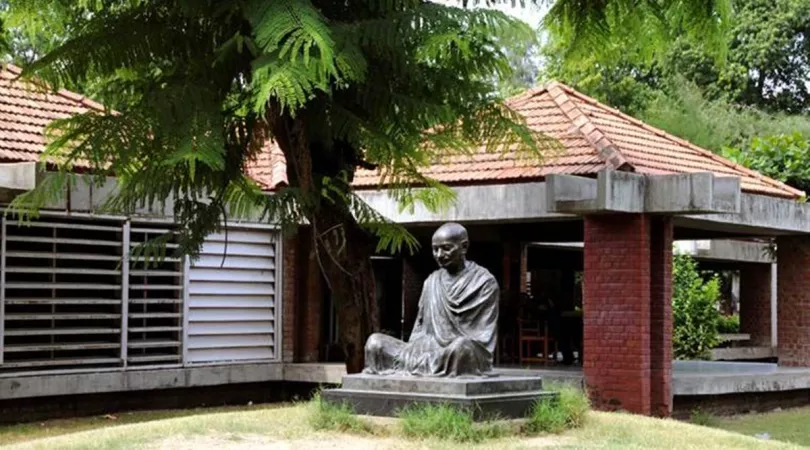 View Gallery - 11
View Gallery - 11 If you are in Ahmedabad, Sabarmati Ashram should be the first thing on your itinerary. Sabarmati Ashram is a defunct ashram in Ahmedabad, about 5 kilometres from the city centre, on the banks of the Sabarmati River. The ashram was built by Mahatma Gandhi and his wife, Kasturba Gandhi, on October 31, 1917.
It holds a pivotal place in the history of India. From 1917 to 1930, the ashram was the headquarters of the Indian independence movement. In 1930, Gandhi and his supporters, including Vallabhbhai Patel and Jawaharlal Nehru, marched from the ashram to the Dandi Salt March. Moreover, Gandhi's first prison sentence, for sedition, was also served at the ashram in 1922. The ashram is now a museum and archive, as well as a popular tourist destination.
Today, the ashram is open for visitors and serves as a place to revisit the history of India at that time. The place is open all day. One can visit any day from 8am-6:30 pm.
Places to visit in Ahmedabad

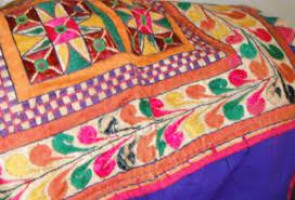
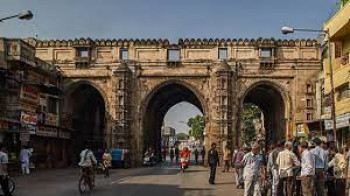
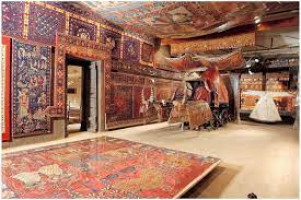
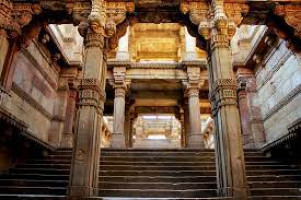
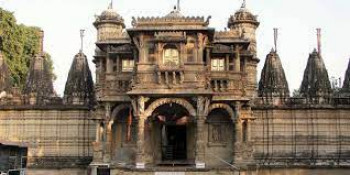
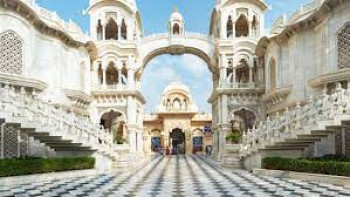
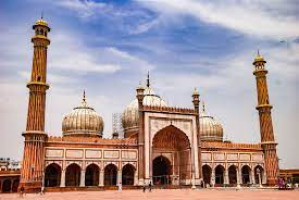
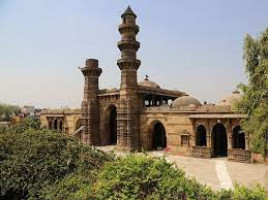
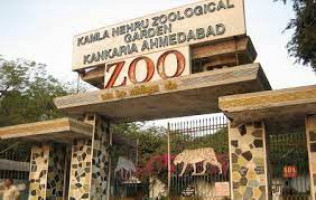
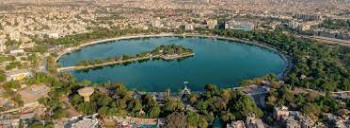
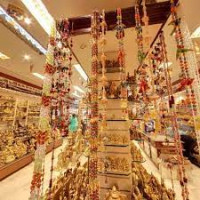
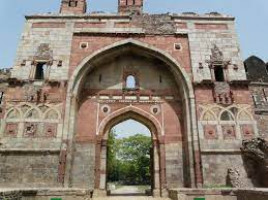
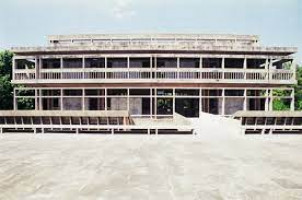
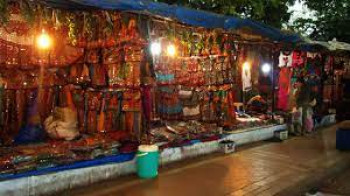
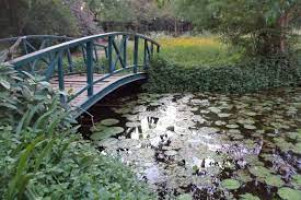

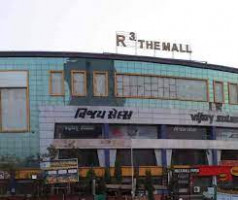
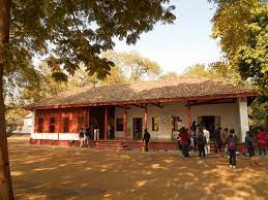
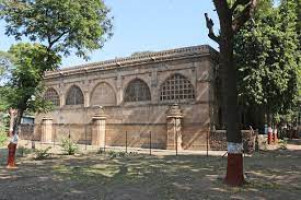
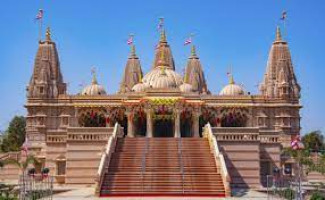
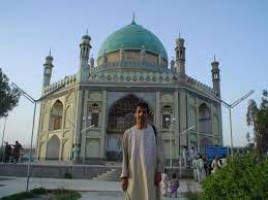
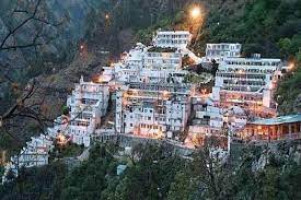
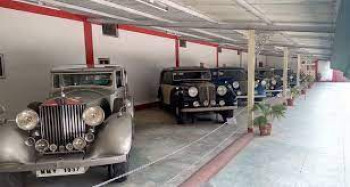
( 56 Reviews )
( 56 Reviews )
( 56 Reviews )
( 218 Reviews )
( 56 Reviews )
( 56 Reviews )
( 56 Reviews )
( 56 Reviews )
Go ethnic at Calico Museum of Textiles
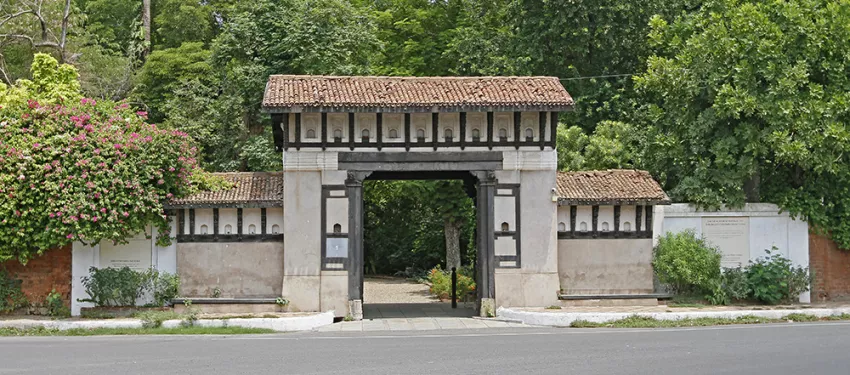 View Gallery - 11
View Gallery - 11 We are all aware that Gujrat holds a significant place in defining their textile industry. Either it is called Gujrati Stitch or Kutchi Work or Sindhi Stitch, it has held a significant place in defining the ethnicity and cultural heritage of India as a whole. One such place is the Calico Museum. The Calico Museum of Textiles is an Indian textile museum in Ahmedabad, Gujarat, and is India's only museum dedicated solely to textiles. The museum houses a collection of over 10,000 textiles from all over India, including fabrics, costumes, and handicrafts. It also has a library and archives with over 10,000 textile books and manuscripts.
You can visit anytime from 10:30 am to 1 pm and soak yourself in the edifying beauty of Gujrat.
Places to visit in Ahmedabad
























( 56 Reviews )
( 56 Reviews )
( 56 Reviews )
( 218 Reviews )
( 56 Reviews )
( 56 Reviews )
( 56 Reviews )
( 56 Reviews )
Click pictures at Kankaria Lake
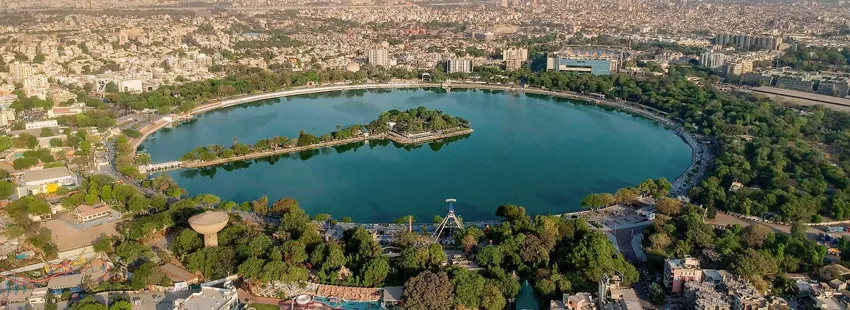 View Gallery - 11
View Gallery - 11 One of the interesting facts about Ahmedabad is that it holds history in almost every corner of the city. Every place holds a significant place which makes the city rooted to its ancient. Kankaria Lake is an artificial lake in Ahmedabad, Gujarat, India that is derived from the Kankaria dynasty, which ruled Gujarat in the fifteenth century. It serves as one of the oldest heritage spots as the lake was built by Sultan Ahmed Shah in 1451.
The lake is about 4 kilometres long and 2 kilometres wide. It has an 8-kilometer circumference. Today, the lake is one of the iconic tourist spots and serves as home to many animals and birds.
Places to visit in Ahmedabad
























( 56 Reviews )
( 56 Reviews )
( 56 Reviews )
( 218 Reviews )
( 56 Reviews )
( 56 Reviews )
( 56 Reviews )
( 56 Reviews )
Enjoy a day at Kite Museum in Ahmedabad
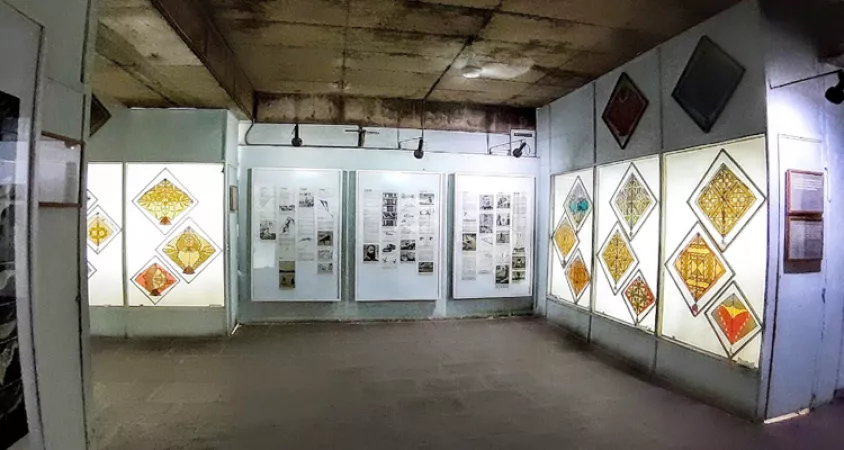 View Gallery - 11
View Gallery - 11 Whether it be Bollywood movies or defining Ahmedabad, in one instance, kites play a significant part in defining the state. If you are in Ahmedabad, you will still see many shops which celebrate the kite business. To rejoice that it is its favourite sport, the Kite Museum in Ahmedabad, Gujarat was built. The museum is part of Sanskar Kendra, which was founded in 1954 as Ahmedabad's cultural centre. The museum's building is an execution and was designed by Le Corbusier himself in 1954.
The museum houses a collection of approximately 3,000 kites from around the world. Not only that, it also houses a collection of approximately 100 kite-making tools.Visit anytime around 10:00 AM to 12:00 Noon or 04:00 PM to 06:00 PM to witness the beguiling site of Ahmedabad.
Places to visit in Ahmedabad
























( 56 Reviews )
( 56 Reviews )
( 56 Reviews )
( 218 Reviews )
( 56 Reviews )
( 56 Reviews )
( 56 Reviews )
( 56 Reviews )
Get vintage at Vechaar Utensils Museum in Ahmedabad
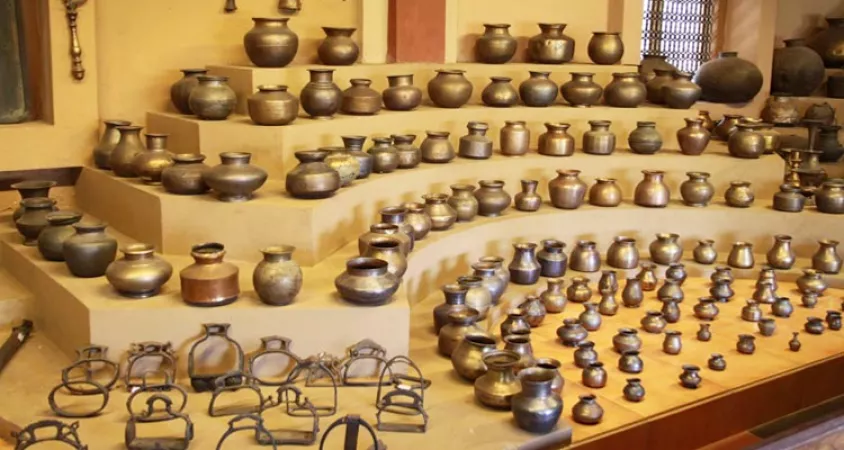 View Gallery - 11
View Gallery - 11 An enthralling museum which will take us back to the time when brass, copper, bronze, zinc, and German silver were considered the finest metals. The museum is renowned for its display as it enriches you with a rich storehouse of utilitarian utensils dated from different eras. The Vechaar Utensils Museum in Ahmedabad is situated in Ahmedabad's Sabarmati district and serves as an absolute treat for the eyes. The most interesting part is that, to make the visitor feel the era, the museum is decorated in a hut-like structure to take the visitor back to the time and help them feel the essence.
Visit anytime Monday through Friday 10:00 a.m. to 5:00 p.m., and Saturday and Sunday, 10:00 a.m. to 2:00 p.m.
Places to visit in Ahmedabad
























( 56 Reviews )
( 56 Reviews )
( 56 Reviews )
( 218 Reviews )
( 56 Reviews )
( 56 Reviews )
( 56 Reviews )
( 56 Reviews )
Pay your respect at Ahmed Shah’s Mosque
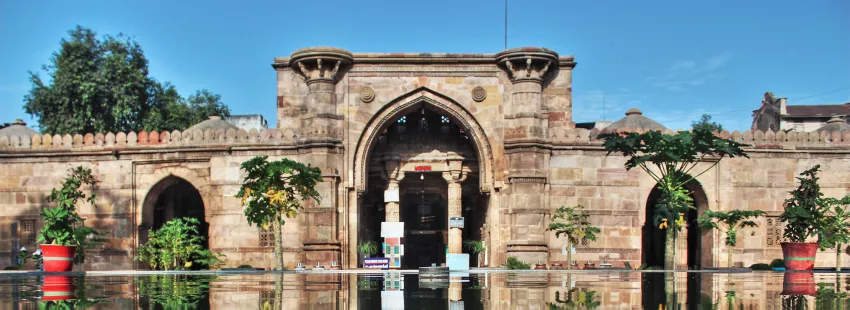 View Gallery - 11
View Gallery - 11 Ahmedabad is one of the rich cultures in India, as it holds the diversity in terms of religion and authenticity. The city boasts many architectural brilliances in terms of mosques and the Ahmed Shah's Mosque in Ahmedabad is one of the finest of them all. Also known by the name Shahi Jam-e-Masjid or Juni Juma Masjid. The mosque was commissioned by Ahmed Shah in 1424, and it was finished in 1442. The mosque was named after Ahmed Shah, the founder of Ahmedabad. The mosque is one of India's largest and oldest mosques, as well as one of the country's most important Islamic monuments. The mosque stands on an area of 700 square metres with two rows of ten gigantic domes. It consists of 150 pillars and four arched gateways which support the mosque.
Places to visit in Ahmedabad
























( 56 Reviews )
( 56 Reviews )
( 56 Reviews )
( 218 Reviews )
( 56 Reviews )
( 56 Reviews )
( 56 Reviews )
( 56 Reviews )
Mesmerise yourself at Dada Hari Vav in Ahmedabad
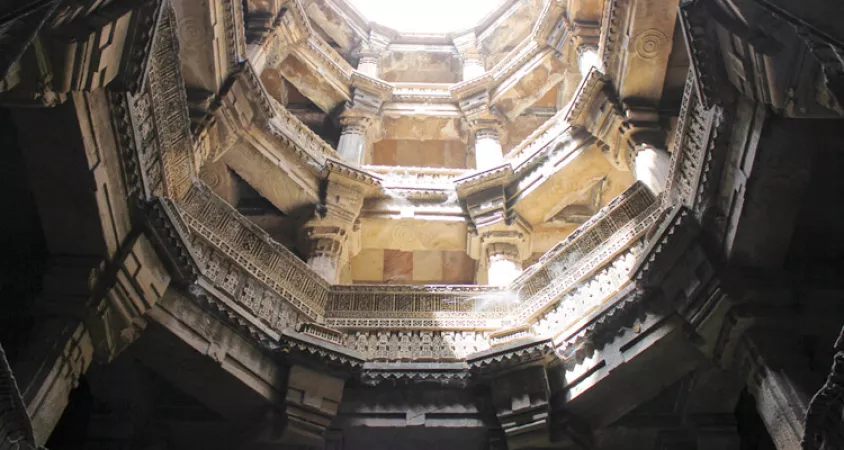 View Gallery - 11
View Gallery - 11 If you are in Ahmedabad, Dada Hari Vav should be in your things to do list. It is considered to be one of the most eye-catching monuments in the land of Ahmedabad. Situated just 15 km from Ahmedabad, the place is one of the popular heritage gateways.
The monument is an ancient stepwell in the city of Ahmedabad, is located in the heart of the old city and is regarded as one of Ahmedabad's most important historical and architectural landmarks. Initially known as the Bal Harir Stepwell, the stepwell astounds the visitors through its intricate carvings. The stepwell was built by Dada Hari, a wealthy businessman and philanthropist of the time.
Visit anytime around 11 am to 7pm
Places to visit in Ahmedabad
























( 56 Reviews )
( 56 Reviews )
( 56 Reviews )
( 218 Reviews )
( 56 Reviews )
( 56 Reviews )
( 56 Reviews )
( 56 Reviews )
Seeking blessings at Hathisingh Jain Temple
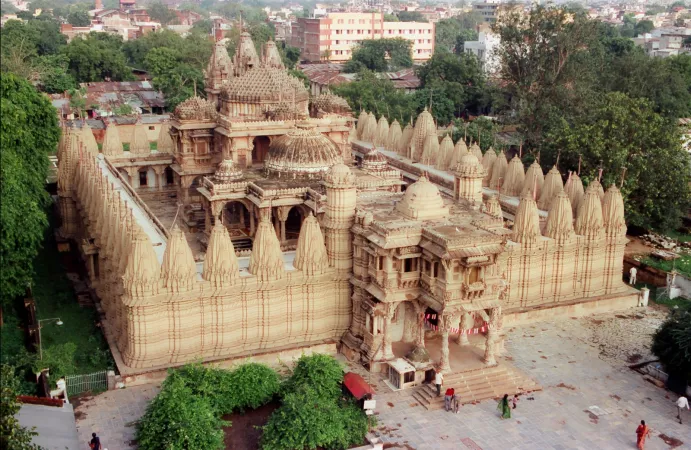 View Gallery - 11
View Gallery - 11 Ahmedabad sites for numerous architectural brilliances and The Hathisingh Jain Temple is one of them. The Hathisingh Jain Temple is a Jain temple which is dedicated to Rishabhanatha, the first Tirthankar. The temple was built by Hathisingh Jain, a Jain merchant, in the 17th century. The temple nearly took more than 2 years in completing the intricate structure. The building was constructed by Shet Hutheesing Kesarisinh and later completed by his wife Shethani Harkunvar. Ordinally it was only two storeys. The main temple houses 11 deities, six of which are housed in the basement and the rest in the three-bay sanctuary. The main shrine is located on the temple's eastern side. The dome roof of the temple is supported by 12 ornate pillars. Other than this, there are 52 shrines with tirthankara idols.
Places to visit in Ahmedabad
























( 56 Reviews )
( 56 Reviews )
( 56 Reviews )
( 218 Reviews )
( 56 Reviews )
( 56 Reviews )
( 56 Reviews )
( 56 Reviews )
Ride a car at Auto World Vintage Car Museum in Ahmedabad
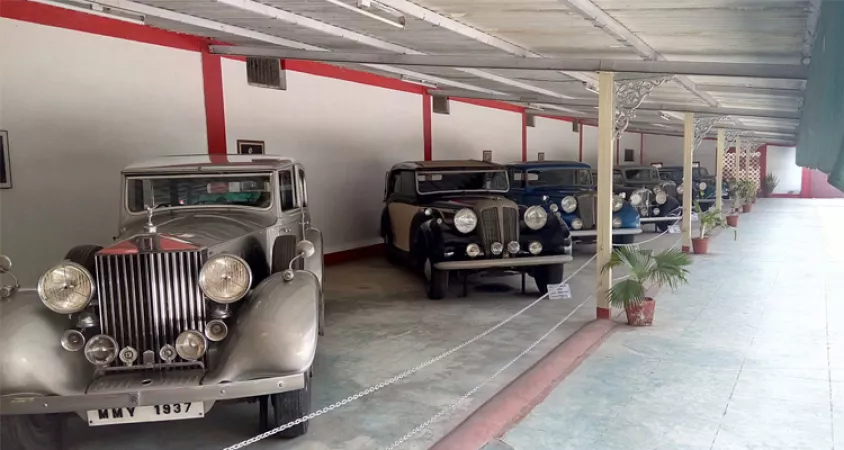 View Gallery - 11
View Gallery - 11
If you want something offbeat in Ahmedabad then Ahmedabad won’t disappoint you. To mention further Ahmedabad is home to the Auto World Vintage Car Museum. The museum is devoted to the preservation of vintage automobiles. It houses a collection of more than 100 vintage cars from all over the world. There is also a library and a research centre at the museum. Moreover, it is spread across more than 2000-acre land at Kathwada. So, if you are an auto enthusiast, this museum will serve as a perfect spot in revisiting the aura of the automobile industry.
Visit anytime around 8 am to 9pm and witness the luxury in real terms!
Places to visit in Ahmedabad
























( 56 Reviews )
( 56 Reviews )
( 56 Reviews )
( 218 Reviews )
( 56 Reviews )
( 56 Reviews )
( 56 Reviews )
( 56 Reviews )
Spend a leisure time at Sabarmati Riverfront
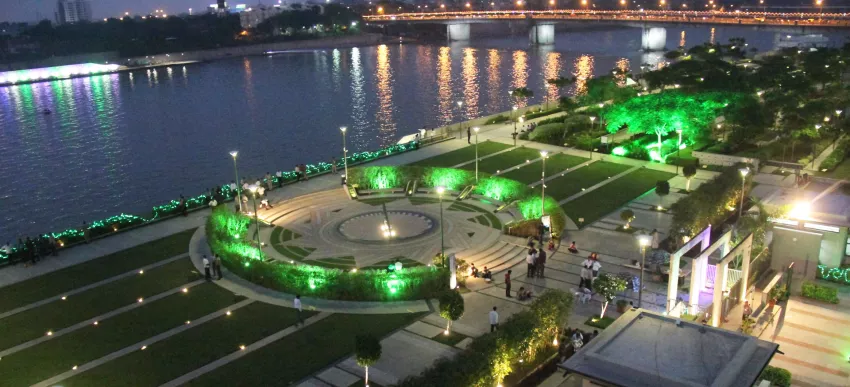 View Gallery - 11
View Gallery - 11
If you are traveling to Ahmedabad and are not taking a glimpse of the magnificent river, then the trip is indeed an incomplete one. Today The Sabarmati Riverfront Development Project is a Gujarat government initiative to redevelop the banks of the Sabarmati River in Ahmedabad into a world-class riverfront park. The project was inaugurated in February 2008 by the then Chief Minister of Gujarat, Narendra Modi.
So take a walk, book a boat, satiate your favourite snacks, and soak in the tranquillity amidst the chaos of the city.
Places to visit in Ahmedabad
























( 56 Reviews )
( 56 Reviews )
( 56 Reviews )
( 218 Reviews )
( 56 Reviews )
( 56 Reviews )
( 56 Reviews )
( 56 Reviews )

Suchismita Das

Tell us about your trip

Get Custom quotes from top agents.

Choose the package you like
• Mahabaleshwar • Chidambram • Corsica • Phetchaburi • Panchkula • Tuticorin • Solan • Bintulu • Thanjavur • Jhunjhunu • Chaukori • Chakrata • Murudeshwar • Nahan • Chopta • Bandipur National Park • Kokernag • Tarapith • Mon • Con Dao Islands • Tawau • Chambaut • Pulga • Goa • Pulwama • Kasargod • The Isle of Skye • Aurangabad • Taipei • Shillong • Zurich • Aalo • Tehri Garhwal • Kinnaur • Ranchi • St. Petersburg • Jeypore • Basel • Dochula Pass • Kurnool • Majorca • Shoja • Patal Bhuvaneshwar • Halebid • Corbett National Park • Ladakh • Bhamragarh Wildlife Sanctuary • Khao Lak • Amaravathi • Agra
Kashmir Tour Packages Andaman Tour Packages Kerala Tour Packages Shimla Tour Packages Manali Tour Packages Sikkim Tour Packages Uttarakhand Tour Packages Rajasthan Tour Packages Chardham Tour Packages Gujarat Tour Packages Rameswaram Tour Packages Gangtok Tour Packages Goa Tour Packages Jaipur Tour Packages Ooty Tour Packages Jim Corbett Tour Packages Mussoorie Tour Packages Kanyakumari Tour Packages Meghalaya Tour Packages Ladakh Tour Packages
Dubai Tour Packages Bali Tour Packages Singapore Tour Packages Thailand Tour Packages Maldives Tour Packages Bhutan Tour Packages Vietnam Tour Packages Mauritius Tour Packages Nepal Tour Packages Europe Tour Packages Sri lanka Tour Packages Turkey Tour Packages Malaysia Tour Packages Azerbaijan Tour Packages


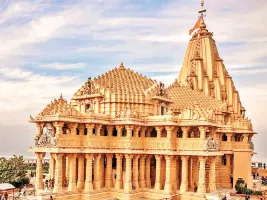

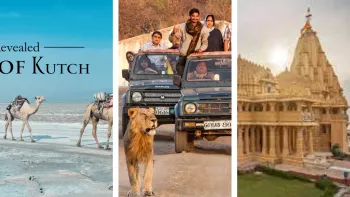
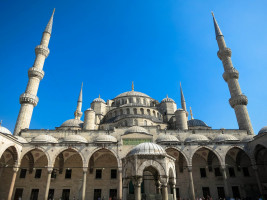
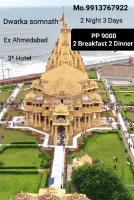
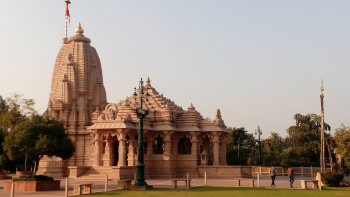




 May
May June
June July
July August
August September
September October
October November
November December
December January
January February
February March
March April
April

